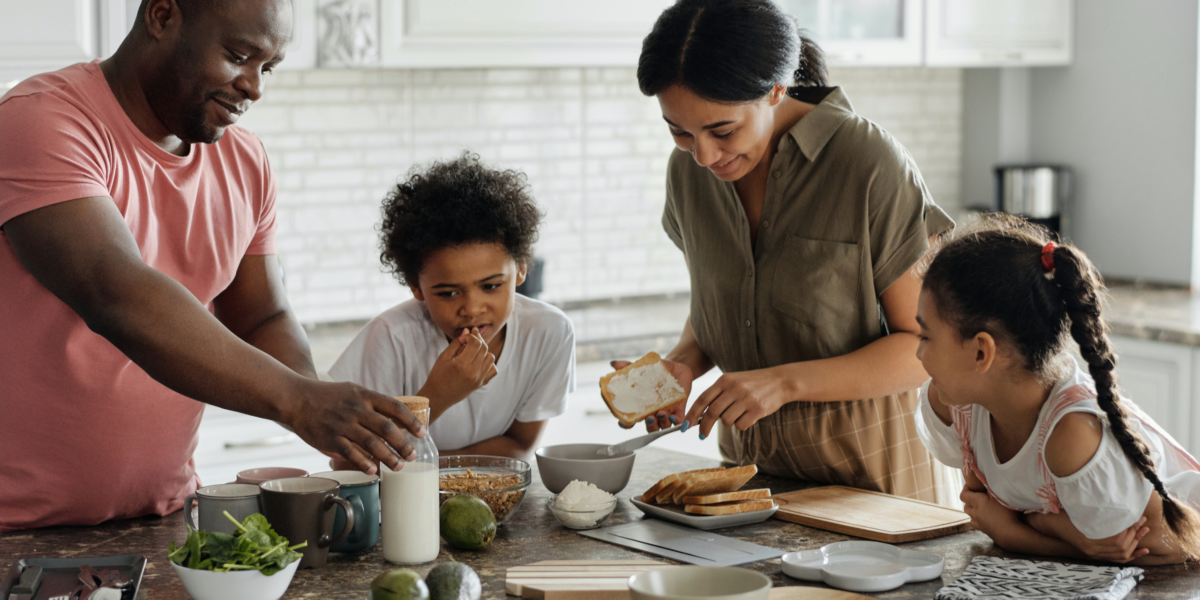CREDA
Stale bread. Expired yogurts. Forgotten leftovers… How much food do you think you throw away each year?
Thanks to this project from the Spanish Ministry of Agriculture, Fisheries and Food, we have some interesting data: in 2020, 13 million kilograms of food were wasted in homes, either in the form of unused products or as leftovers. The figure was similar in 2019, where this value reached 14 million. And the same was true in previous years: 42% of total food losses and waste of food take place at home.
This waste has serious consequences for the economy (both at home and globally) and for the environment. And although many measures to avoid it have been designed and shared, the data tell us that we still have work to do. What other tools do we have to raise public awareness?
Amèlia Sarroca, expert in gastronomy and food technology at CREDA, gives us some ideas to fight food waste in homes. As a chef and researcher, she has identified a secret weapon of awareness present in many homes: children and adolescents. And she explains why.
The power of the youngest
Kids tend to impose their vision of the world at home, often at the expense of their relatives’ peace of mind, sharing any new knowledge that seems interesting to them. This proactive attitude, common between the ages of 3 and 8 years, more or less, can be harnessed to implement anti-waste practices in households. By educating children, we not only manage to raise awareness among future generations, but we also have an impact on their parents. “When children learn anti-waste techniques, whether they are recipes or good practices that they can apply at home, they also put pressure on their families to carry them out,” Sarroca tells us.
In many cases, the “school of food” is outside the classroom, since it is in the school canteens where children have the opportunity to learn about food and waste. In these canteens, awareness can be created based on their own consumption and waste. How do we do it? With two key aspects on which we can act: the implementation of anti-waste strategies and the training of school supervisors.
For example, a practice that is already carried out in some schools is the “hunger traffic light”. In it, children are given the opportunity to choose the portion they want to take of each food (always taking into account a healthy diet with the help of their supervisors). When serving, they can choose a large portion (called, for example, lion), medium (fox) or small (bird) depending on their hunger and appetite, thus avoiding the accumulation of food remains on the plates. Another strategy relies on measuring the waste itself after eating, so that the amount of food that is thrown away each day is visually exposed, and they are provided with the necessary tools and advice to avoid it.
In these strategies, the intervention of the supervisors is essential. “Their training to apply these measures correctly and educate children has a high impact on their behaviour changes since they work as role models for the youngest,” Sarroca explains.
Cooking, trending topic
The role of our youth to raise awareness against waste does not end when they reach high school. “Adolescents have a greater impact on issues of loss due to aesthetic reasons, and the fact that they take on the role of helping their parents to make the shopping list at home,” Sarroca tells us: “In addition, with their strong presence in social networks, the awareness of a few can have a strong impact on the rest.”
One of the key aspects in raising awareness during adolescence is learning zero-waste cooking recipes. An activity that has been carried out in recent years, both for adults and young people, consists of visiting a food collection centre, where one can find food that is not suitable for sale, normally because it does not meet the standards of appearance, but is still edible. These products are usually taken to charities, but during the visit each attendee chooses different fruits and vegetables to use in the workshop. Once in the kitchen, the instructors teach them different ways to take advantage of all the parts of the food brought from the visit, and participants learn to cook anti-waste recipes that are easily applicable at home. Then, the waste generated during the workshop is measured, comparing it with the usual household waste.
With these kinds of activities, not only are students made aware but they are also given the necessary tools so that, at this stage of their lives when they begin to have greater independence, they exercise it in a sustainable way. Taking advantage of healthy eating and cooking trends in these generations, we can enhance their participation in the home, and get them involved in cooking, conscious buying, making the shopping list and even raising awareness among their parents.
At CREDA we have years of experience in food-waste consultancy for primary and agri-food production companies. However, Sarroca firmly believes that “education is the first thing that we must invest in to achieve change”. For this reason, CREDA has also collaborated in numerous municipal and educational activities such as the hunger stoplight and anti-waste cooking workshops, promoting anti-waste practices in consumers and homes. Our experience and knowledge are available to everyone. If you think we can help you implement anti-waste measures in a school centre, don’t hesitate to contact us!


